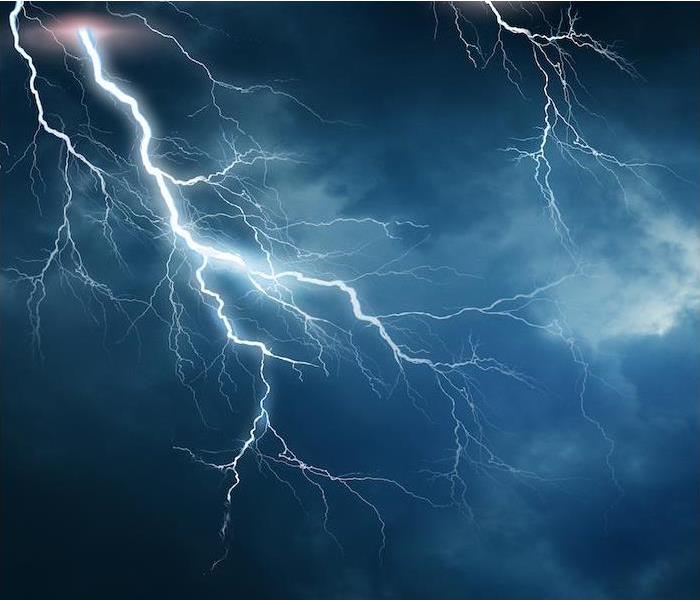How Storm Damage Can Affect Your Beacon Home
8/26/2022 (Permalink)
 Preparing and maintaining your home for potential storms can make a huge difference when it comes to storm damage in your home!
Preparing and maintaining your home for potential storms can make a huge difference when it comes to storm damage in your home!
Extreme weather events are a common occurrence, and regardless of the house you have, everyone can face some risk of suffering damage. These severe storms can bring high-velocity winds, hail and many other hazards in minutes.
The type of storm, combined with your home’s condition, the landscape, drainage and many other factors, will help determine the level of damage that you might see.
Although all of us have a good amount of knowledge on storm damage, it’s particularly important for us here in the Hudson Valley, where severe weather is common.
Flooding and high-powered storms are the most common events that we see, so our government has created this Weather Emergency Preparedness Site so that we can be ready for what may happen in our region.
Take a look at the main types of storm damage and how you can mitigate or even prevent them from happening:
Wind
Wind damage happens when buildings experience high gusts, but this doesn’t only happen with tornadoes and hurricanes. Thunderstorms and Straight Line Storms can also cause dangerous winds of up to 100 mph.
These wind speeds mean that your home could be struck by heavy debris like mailboxes, trees, lawn furniture, rocks and small vehicles.
You should always take shelter far from windows or glass doors and heed local weather alerts to know what’s coming. Also, take time before the storm arrives to clear limbs, rocks or other debris from your property.
Water
When storms produce heavy rainfall, water can pool and begin a flash flood in under 30 minutes. This means that thousands of gallons could be poured onto your land, seeping inside your doors and through the cracks in your walls.
To reduce the amount of water that your home sees, you might want to landscape your property in ways that will direct water away instead of pooling it nearby. You can also build a rain garden on your property, which can help soak up heavy rainfall and reduce flooding risks.
Those living in areas prone to basement flooding can trust in sump pumps in the basement areas to help get rid of pooling water efficiently.
Lastly, keep your home in good condition with regular maintenance and upkeep and make sure your gutters and roof are clear of debris to prevent an overload of water from damaging your home from top to bottom.
Impact
The last main kind of storm damage is from impacts. This may seem obvious, but the causes can be anything from a fallen tree to a mailbox flying through the air. The best way to avoid disastrous impacts is to ensure no trees around your home are at risk of falling or losing limbs.
Weather disasters resulted in an estimated $145 billion in damages last year in this country. This is why it’s important to follow these steps and take action before the storm strikes. This could save you money and stress associated with recovering from a disaster.
If your home is damaged by storm damage, call SERVPRO of Western Dutchess County immediately. We have teams of experts that will come in fast and have your home back to its preloss condition.
When you suffer storm-related damage to your home or business, it’s important that you know who to call! Contact us today to get your storm damage restoration started faster.





 24/7 Emergency Service
24/7 Emergency Service